Home>diy>Building & Construction>What Is A Fastener In Construction
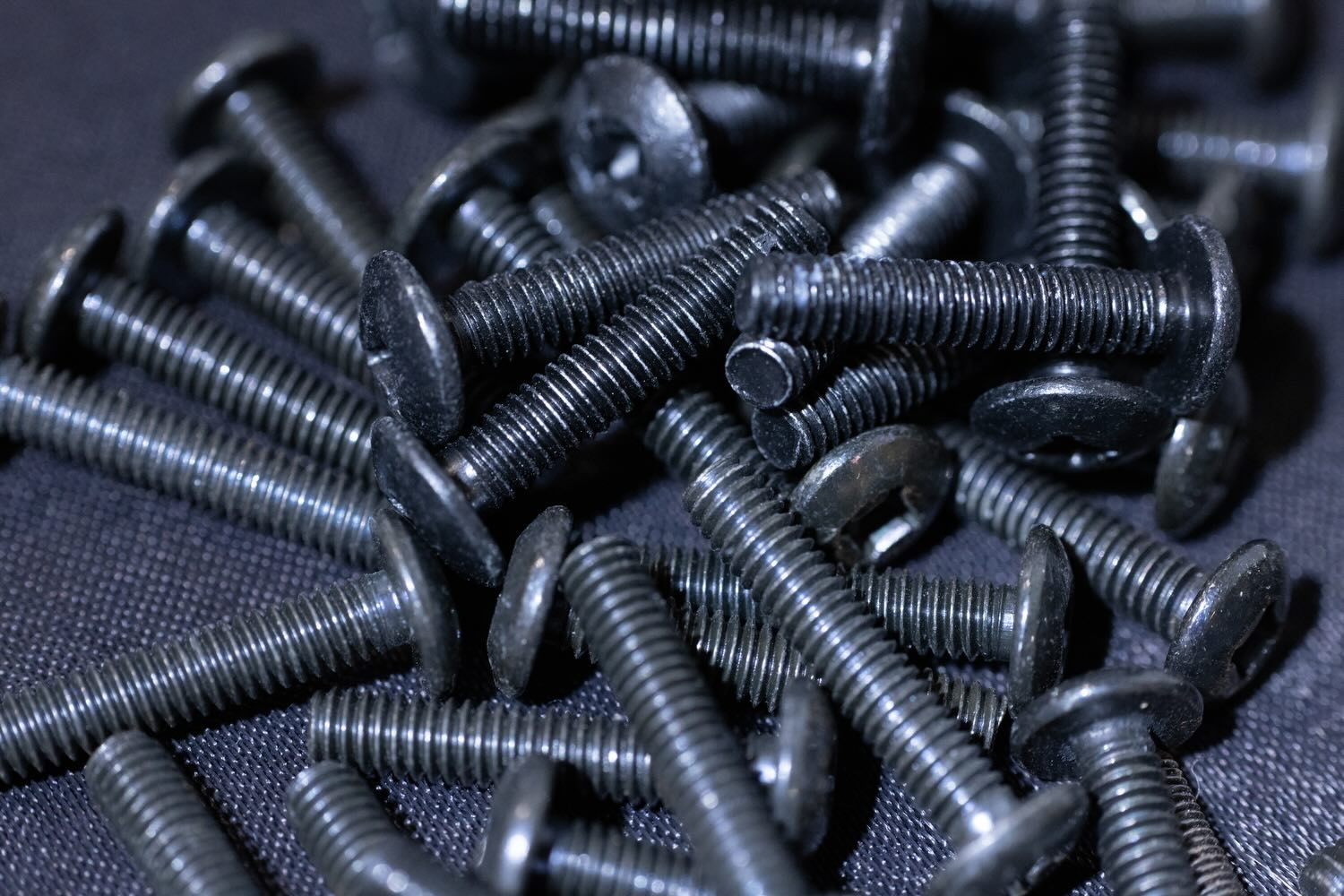

Building & Construction
What Is A Fastener In Construction
Modified: December 7, 2023
Learn all about fasteners in construction and how they are used in building construction. Find out the different types and their importance in ensuring structural integrity.
(Many of the links in this article redirect to a specific reviewed product. Your purchase of these products through affiliate links helps to generate commission for Storables.com, at no extra cost. Learn more)
Introduction:
In the world of construction, fasteners play a crucial role in ensuring the stability, durability, and safety of structures. From securing beams and trusses to joining panels and frames, these small but mighty components are the backbone of any building project. Whether you are a professional contractor or a DIY enthusiast, understanding the importance of fasteners and their different types is essential.
A fastener can be defined as a device used to join or connect two or more objects together. It provides the necessary strength and support to hold materials in place under various conditions such as tension, compression, and shear forces. Fasteners come in a wide range of shapes, sizes, and materials, each designed for specific purposes and applications.
There are several types of fasteners commonly used in construction, including nails, screws, bolts, anchors, and rivets. Each type has its own unique characteristics and advantages, making them suitable for different construction scenarios. Let’s explore these types in more detail:
Key Takeaways:
- Fasteners are the unsung heroes of construction, providing crucial connections for strength and stability. Understanding types, selection factors, and proper maintenance ensures reliable and long-lasting building integrity.
- Proper selection, installation, and maintenance of fasteners are crucial for the success and longevity of construction projects. Consider material, strength, corrosion resistance, and aesthetics to create secure and reliable connections.
Read also: 12 Amazing Masonry Fasteners For 2024
Definition of Fastener:
A fastener is a hardware component used to join or secure two or more objects together. It provides the necessary strength and stability to hold materials in place, ensuring the structural integrity of a construction project. Fasteners can be made from various materials, including metal, plastic, and composite materials, and they come in different sizes, shapes, and configurations to suit specific applications.
Fasteners are designed to withstand different types of forces, such as tension, compression, and shear, depending on the specific requirements of the construction project. They are used in a wide range of applications, from framing and roofing to flooring and cladding.
One of the key aspects of a fastener is its ability to create a secure and reliable connection between two or more objects. This connection allows for the transfer of loads and stresses across the joint without compromising the structural integrity of the overall construction. The choice of the right fastener depends on various factors, including the materials being joined, the required load capacity, and the environmental conditions.
Fasteners can be categorized into different types based on their design and function. Some of the most commonly used fasteners in construction include nails, screws, bolts, anchors, and rivets. While their primary purpose is to hold materials together, each type of fastener has unique features and benefits that make it suitable for specific applications.
In addition to their primary function of joining materials, fasteners also play a crucial role in the aesthetics of a construction project. Depending on the design requirements, fasteners can be visible or concealed. Visible fasteners can contribute to the overall visual appeal of the project, while concealed fasteners provide a sleek and seamless appearance.
Overall, fasteners are an essential component of any construction project. They provide the necessary strength, stability, and support to ensure the longevity and safety of structures. Proper selection, installation, and maintenance of fasteners are crucial to the success and integrity of a construction project.
Types of Fasteners
Fasteners are available in various types, each designed for specific applications and construction requirements. Let’s explore some of the most commonly used types of fasteners in the construction industry:
Nails:
Nails are one of the oldest and most widely used fasteners in construction. They are made of metal, typically steel, and feature a pointed end and a flat head. Nails are driven into materials using a hammer or nail gun. They provide excellent holding power in applications such as framing, roofing, and general carpentry. Nails come in different lengths and gauges to accommodate different materials and load-bearing capacities.
Screws:
Screws are versatile fasteners characterized by their helical ridges or threads that enable them to be inserted and screwed into materials. They have a wide range of uses, including fastening materials together, creating a secure connection, and allowing for easy disassembly if needed. Screws are available in various head types, such as flat-head, Phillips-head, and Torx-head, to accommodate different driving tools. They are commonly used in woodworking, drywall installation, and other applications where strong and secure fastening is required.
Read more: What Is Pre-Construction In Construction
Bolts:
Bolts are similar to screws but are typically larger and feature a hexagonal head or nut for tightening. They are used for heavy-duty applications that require high strength and load-bearing capacity. Bolts are often used in conjunction with nuts and washers to provide a secure and adjustable connection. Common applications of bolts include structural steel connections, machinery assembly, and automotive applications.
Anchors:
Anchors are fasteners used to provide a secure attachment to surfaces that may not have sufficient strength or stability. They are used to anchor objects to concrete, brick, or drywall, allowing for the secure installation of items such as shelves, cabinets, and heavy fixtures. Common types of anchors include expansion anchors, toggle bolts, and concrete anchors.
Rivets:
Rivets are permanent fasteners that are used to join two or more materials together by deforming the stem of the rivet to create a secure connection. They are commonly used in applications where welding or screwing is not feasible or practical. Rivets are often used in the aerospace, automotive, and shipbuilding industries to join metal sheets, plates, and structural components.
These are just a few examples of the types of fasteners commonly used in construction. Each type has its own unique features and benefits, and the choice of fastener depends on the specific requirements of the project.
Common Uses of Fasteners in Construction
Fasteners are essential components in construction, as they are responsible for providing the necessary strength and stability to hold structures together. Here are some of the common uses of fasteners in construction:
Structural Framing:
Fasteners play a critical role in the construction of structural frames, such as walls, floors, and roofs. Nails or screws are used to secure framing studs, joists, and rafters together, creating a sturdy framework that can support the load of the building.
Decking and Flooring:
Fasteners are used extensively in the installation of decking and flooring materials. Screws or nails are used to secure deck boards, floorboards, and subflooring to the underlying support structure. These fasteners ensure that the decking or flooring remains securely in place, even under heavy traffic and varying weather conditions.
Drywall Installation:
In the construction of interior walls and ceilings, fasteners are used to attach drywall sheets to stud framing. Drywall screws are commonly used for this purpose, as they provide a reliable and secure fastening method that keeps the drywall in place.
Cabinet and Fixture Installation:
Fasteners are crucial in the installation of cabinets, shelves, and fixtures. Depending on the weight and load-bearing requirements, screws, bolts, or anchors may be used to secure these items to the walls or other surfaces.
Read more: What Is Construction
Roofing Applications:
Fasteners, such as nails or screws, are extensively used in roofing applications. They are used to secure roofing shingles, tiles, or metal panels to the roof deck, ensuring that they are securely fastened and can withstand strong winds and other weather conditions.
Exterior Cladding:
Fasteners play a vital role in the installation of exterior cladding materials, such as siding or veneers. They are used to attach the cladding to the underlying structure, providing both functional and aesthetic benefits.
Fence and Gate Construction:
Fasteners are used in the construction of fences and gates, securing the fence panels or gate components together. Nails, screws, or bolts are used to create a sturdy and secure fence or gate structure.
These are just a few examples of the common uses of fasteners in construction. Fasteners are an integral part of building projects, ensuring the strength, stability, and longevity of structures.
Factors to Consider When Selecting Fasteners
When it comes to selecting the right fasteners for your construction project, several factors need to be taken into consideration. These factors will ensure that the chosen fasteners meet the specific requirements of the application and provide a secure and reliable connection. Here are some key factors to consider when selecting fasteners:
Material:
The material of the fastener is crucial for its performance and durability. Common fastener materials include steel, stainless steel, brass, and plastic. The choice of material depends on factors such as the application, the environment in which it will be installed, and the type of materials being joined. Steel fasteners are strong and economical, while stainless steel fasteners offer corrosion resistance. Brass fasteners are used for decorative purposes, and plastic fasteners are lightweight and non-conductive.
Strength and Load Capacity:
The strength and load capacity of the fastener must match the requirements of the construction project. The fastener should be able to withstand the forces and loads it will be subjected to without deforming or failing. Understanding the load-bearing capacity and the type of forces involved (tension, compression, or shear) is crucial in selecting the appropriate fastener that can handle the applied loads.
Corrosion Resistance:
In environments where the fasteners may be exposed to moisture, chemicals, or extreme temperatures, corrosion resistance is essential. Fasteners made of stainless steel or other corrosion-resistant materials are suitable for outdoor and high-moisture applications. Corrosion-resistant coatings, such as zinc plating or galvanization, can also be applied to certain fasteners to enhance their corrosion resistance.
Ease of Installation:
Consider the ease of installation of the fasteners, especially if you are handling the construction project yourself. Nails, for example, are easy to use and can be quickly hammered into place. Screws, on the other hand, require a power tool but offer the advantage of easy removal and adjustment. Assessing the installation process and the tools required will help ensure efficient and hassle-free installation.
Aesthetics:
In some construction projects, the appearance of the fasteners may be a consideration. Visible fasteners can add a decorative element and contribute to the overall aesthetics of the project. In such cases, the color, design, and shape of the fasteners may be important factors to consider.
By taking these factors into account, you can select the appropriate fasteners that meet the specific requirements of your construction project. Careful consideration of these factors will ensure a secure and reliable connection, maximizing the longevity and performance of your construction project.
Proper Installation and Maintenance of Fasteners
Proper installation and maintenance of fasteners are essential for ensuring their effectiveness and longevity in construction projects. Following best practices will help create strong and secure connections and prevent issues such as loosening or failure over time. Here are some guidelines for the installation and maintenance of fasteners:
1. Preparation:
Prior to installation, it is important to ensure that the materials being joined are clean, dry, and free from any debris or contaminants that could affect the fastener’s ability to properly grip and hold. Pre-drilling may be necessary depending on the material and fastener type to prevent splitting or cracking.
2. Selection of the Right Fastener:
Choose the appropriate fastener based on the application, material, load capacity, and environmental conditions. Refer to manufacturers’ guidelines and consult with industry professionals if needed. Using the wrong fasteners can result in weak connections or premature failure.
Read more: What Is Construction Budget
3. Proper Installation Technique:
Follow the recommended installation technique for the specific type of fastener being used. This may include using the correct tools, driving the fastener in a straight line to ensure proper alignment, and applying the appropriate amount of force or torque. Overdriving or underdriving fasteners can lead to weakened connections.
4. Avoid Overloading:
Do not exceed the load capacity or torque specifications of the fastener. Overloading can cause the fastener to fail, compromising the structural integrity of the construction project. Consult load tables and structural engineering guidelines to ensure proper fastener selection and installation.
5. Regular Inspections:
Periodically inspect fasteners for signs of damage, corrosion, or loosening. Loose or damaged fasteners should be promptly replaced to maintain the integrity of the connection. Regular inspections are particularly important in areas with high moisture or corrosive environments.
6. Corrosion Protection:
If fasteners are exposed to moisture or corrosive elements, consider using corrosion-resistant fasteners or applying protective coatings. Regularly inspect and maintain these coatings to ensure continued corrosion protection.
Read more: What Is A Crane In Construction
7. Follow Manufacturer’s Instructions:
Always follow the manufacturer’s instructions and guidelines for the specific fastener being used. They will provide valuable information on proper installation techniques, load capacities, and maintenance recommendations for optimal performance.
By following these installation and maintenance practices, you can ensure that fasteners provide long-lasting and reliable connections in your construction projects. Proper installation and maintenance of fasteners are essential for the safety, integrity, and longevity of the structures they support.
Conclusion
Fasteners are the unsung heroes of the construction industry, providing the crucial connections that hold structures together. From nails and screws to bolts, anchors, and rivets, these small yet mighty components ensure the strength, stability, and durability of buildings and infrastructure projects.
Understanding the different types of fasteners and their applications is essential for construction professionals and DIY enthusiasts alike. Nails, screws, and bolts are commonly used for framing, decking, and cladding applications, while anchors and rivets provide secure attachments to surfaces that lack strength or stability.
When selecting fasteners, several factors must be considered. Material, strength and load capacity, corrosion resistance, ease of installation, and aesthetics all play a role in determining the appropriate fastener for a specific project. Choosing the right fastener ensures a reliable and long-lasting connection that can withstand the forces and environmental conditions it will encounter.
Proper installation and maintenance of fasteners are critical to their effectiveness and longevity. Following best practices, such as preparing the materials, selecting the right fastener, using proper installation techniques, avoiding overloading, and conducting regular inspections, will ensure that fasteners perform as intended and maintain their integrity over time.
In conclusion, fasteners are the backbone of construction, ensuring the strength, stability, and safety of structures. By understanding the different types of fasteners, considering important factors during selection, and following proper installation and maintenance practices, you can create secure and reliable connections that contribute to the success of your construction projects.
So, the next time you admire a sturdy building or marvel at a beautifully crafted piece of furniture, remember that it’s the fasteners that hold it all together.
Frequently Asked Questions about What Is A Fastener In Construction
Was this page helpful?
At Storables.com, we guarantee accurate and reliable information. Our content, validated by Expert Board Contributors, is crafted following stringent Editorial Policies. We're committed to providing you with well-researched, expert-backed insights for all your informational needs.
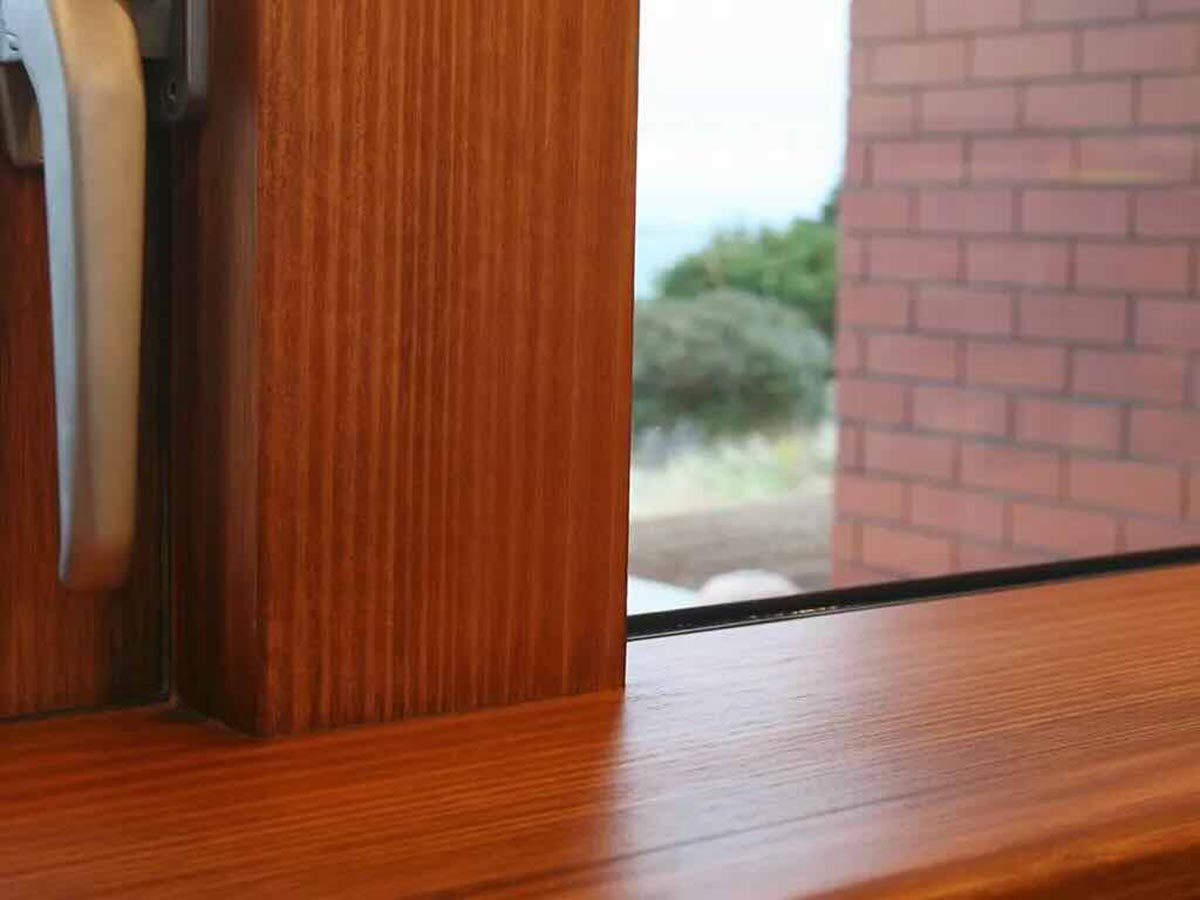
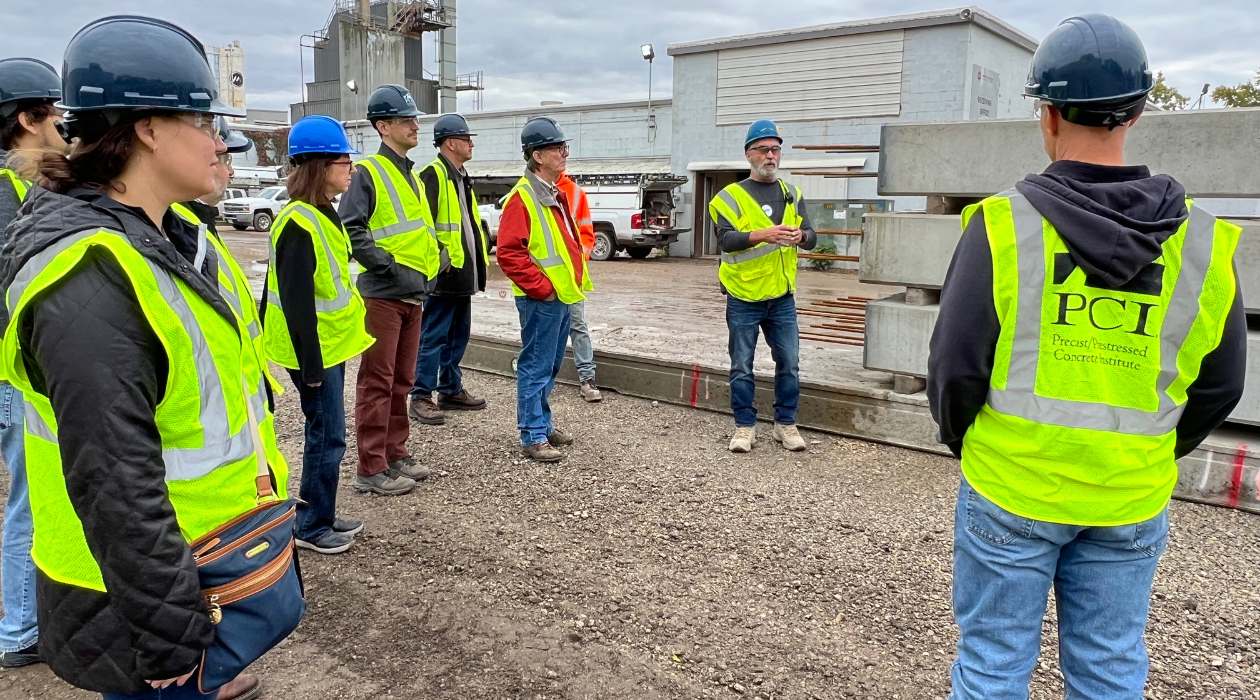
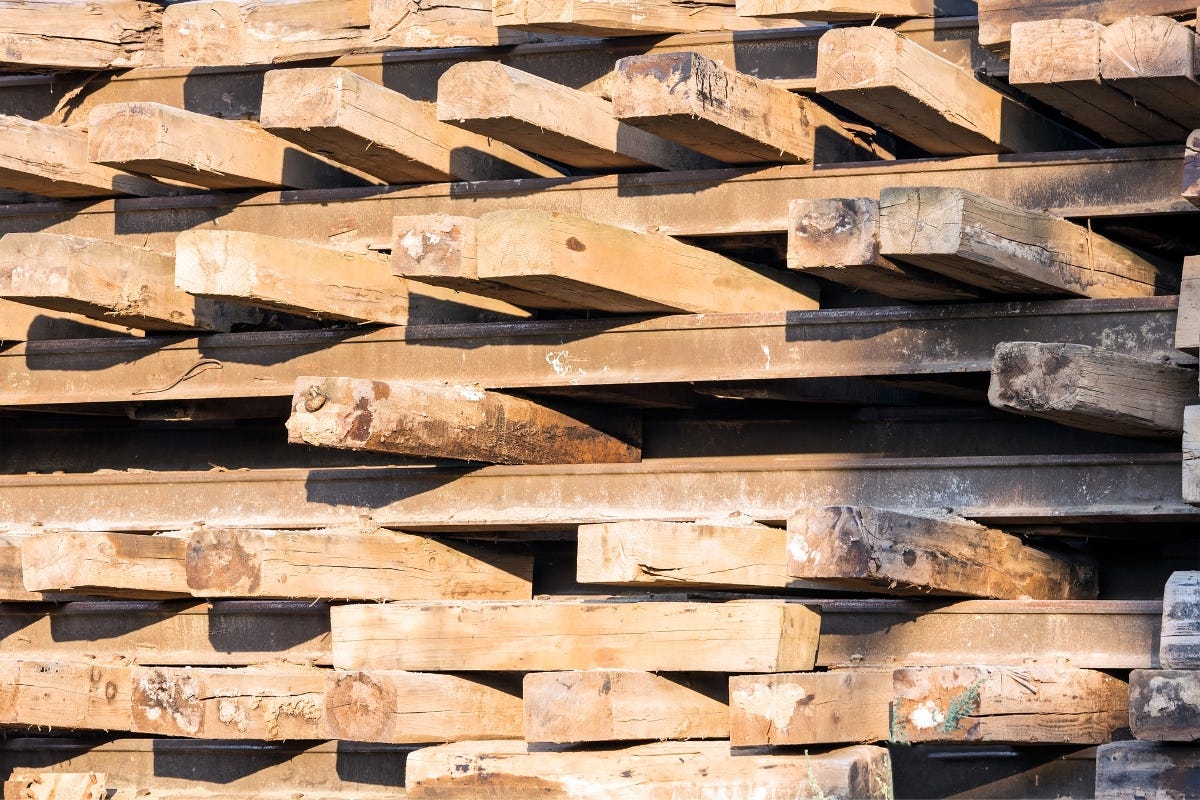
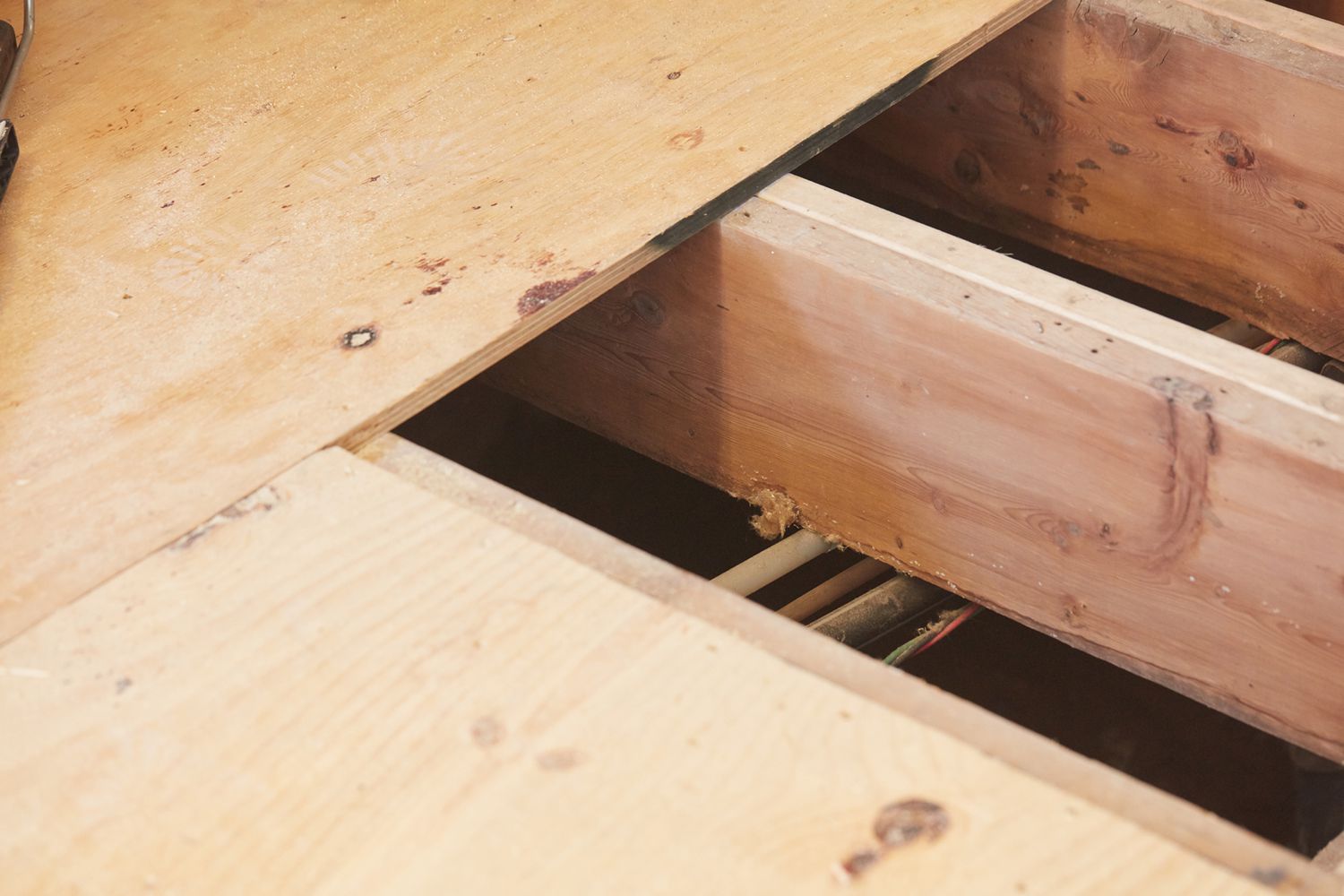
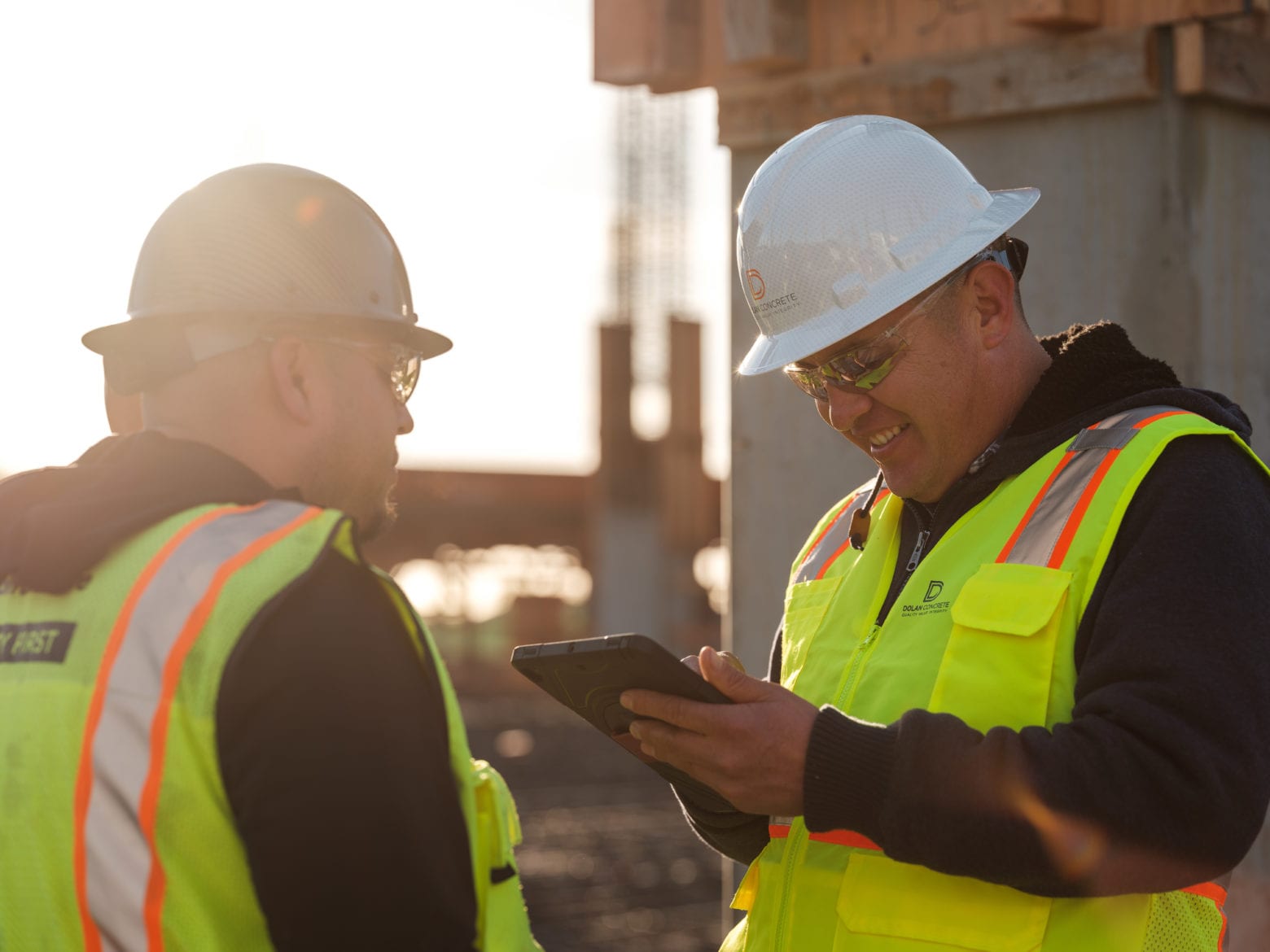
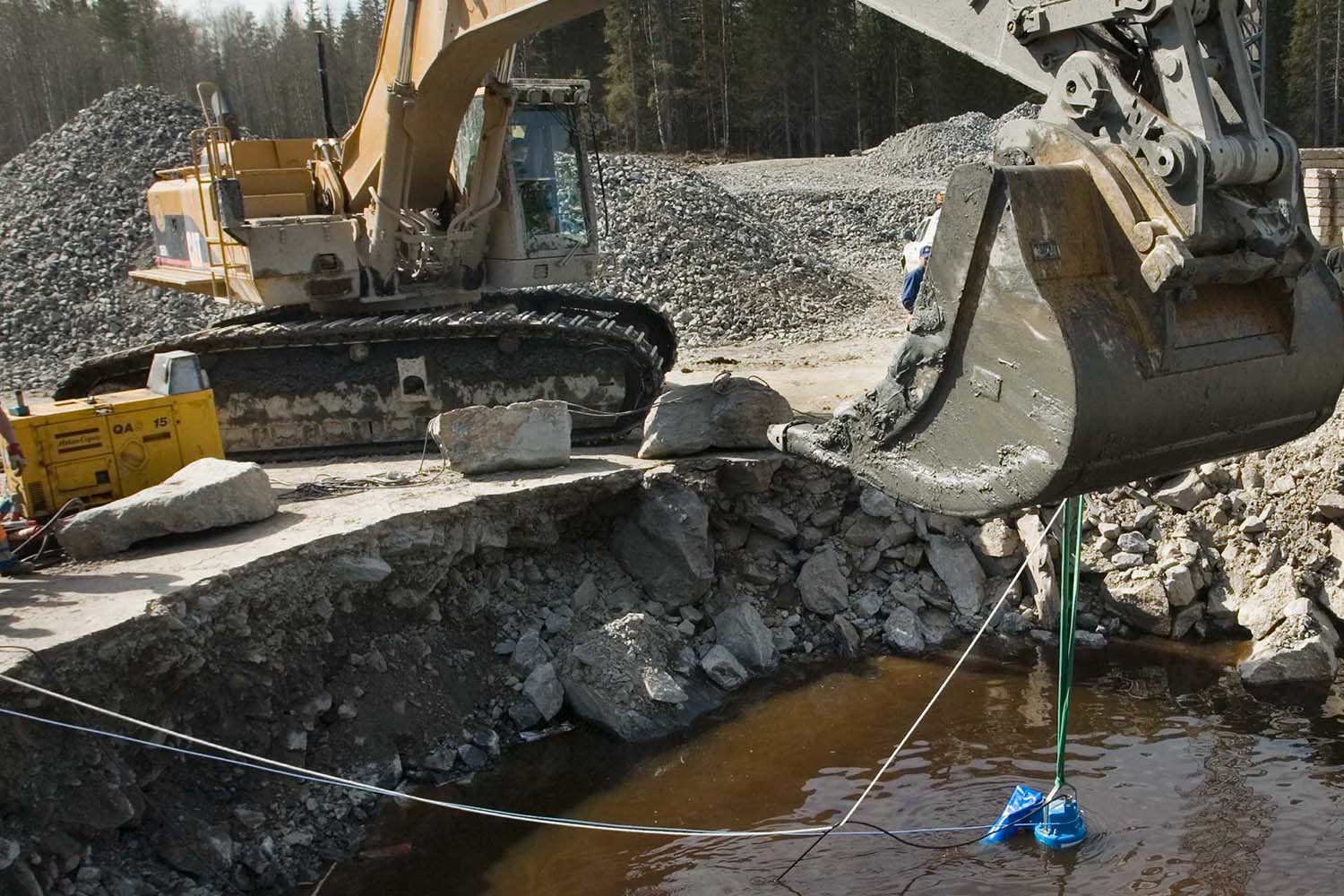
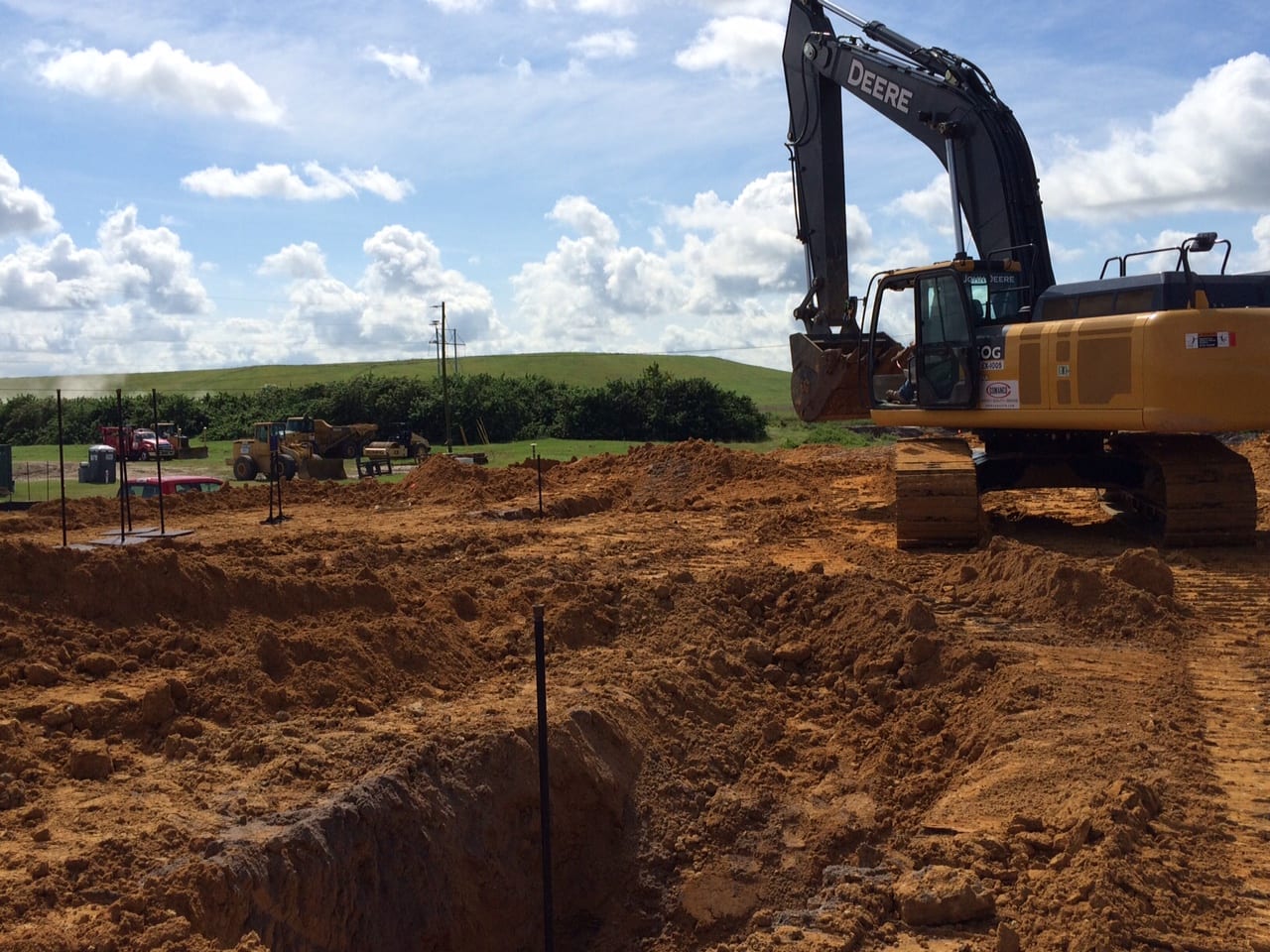
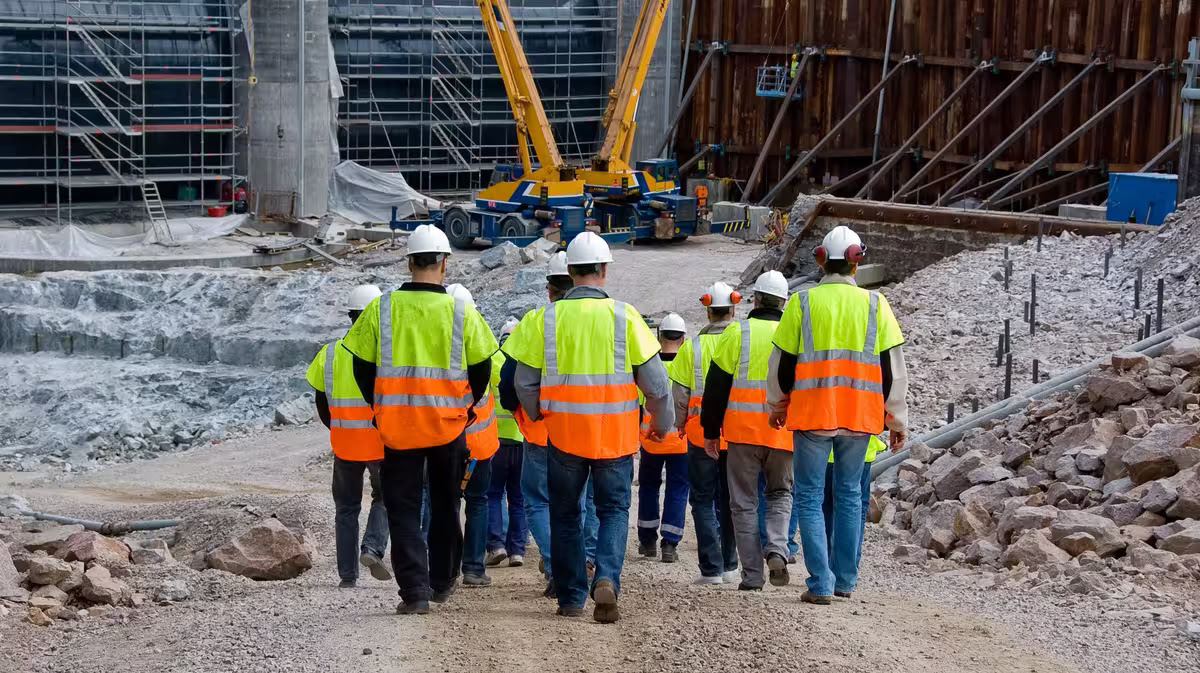

0 thoughts on “What Is A Fastener In Construction”